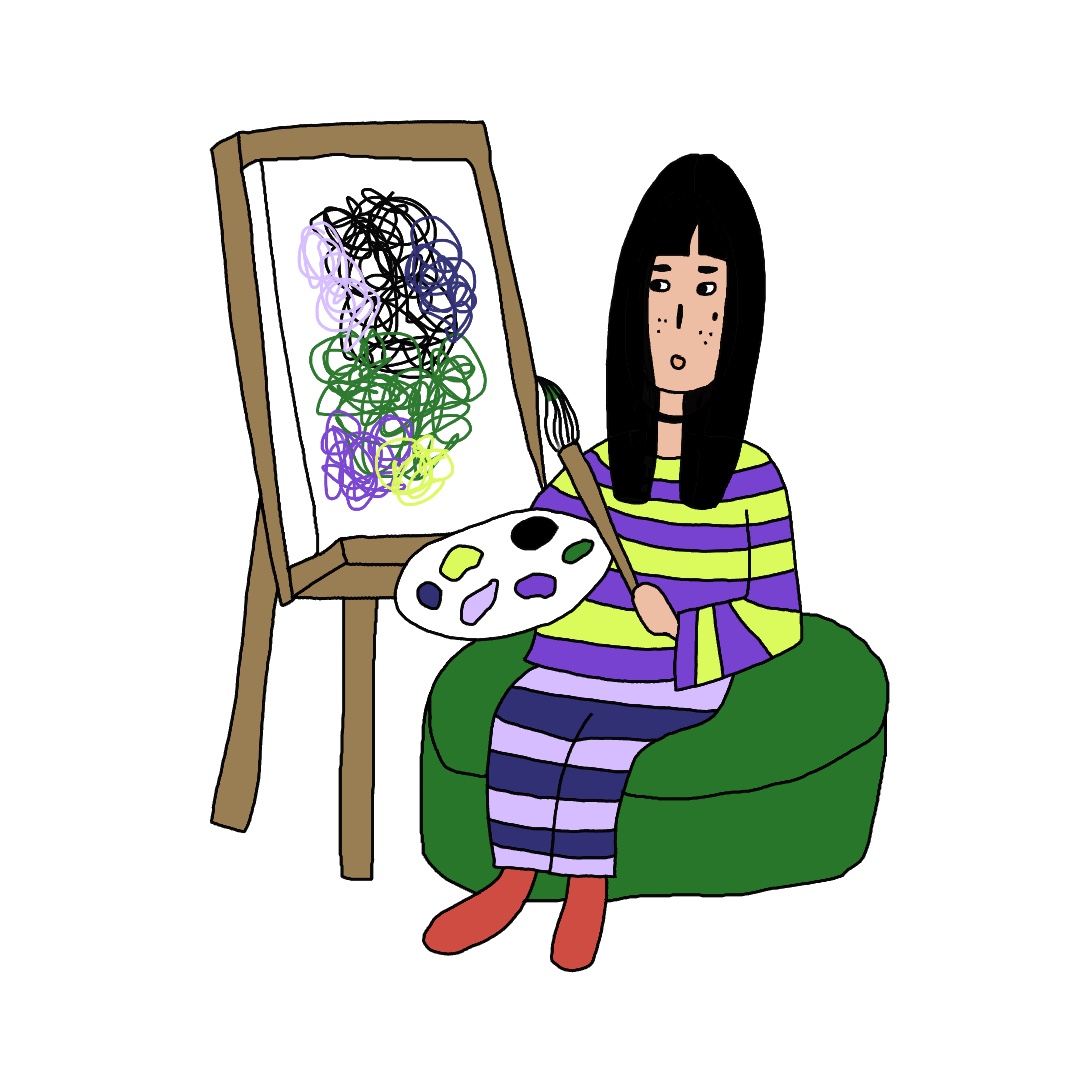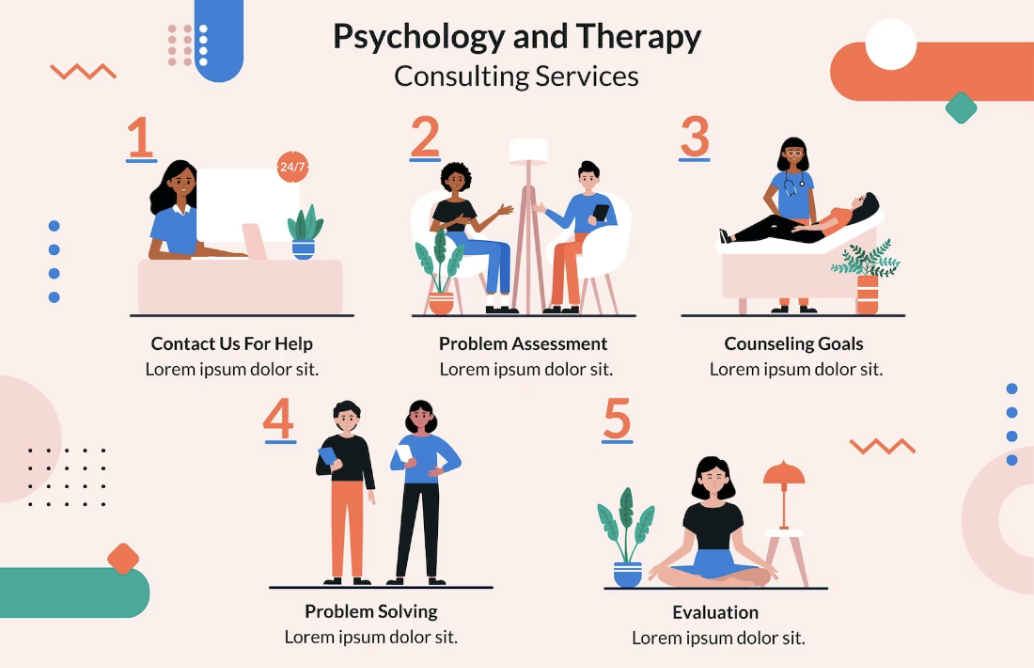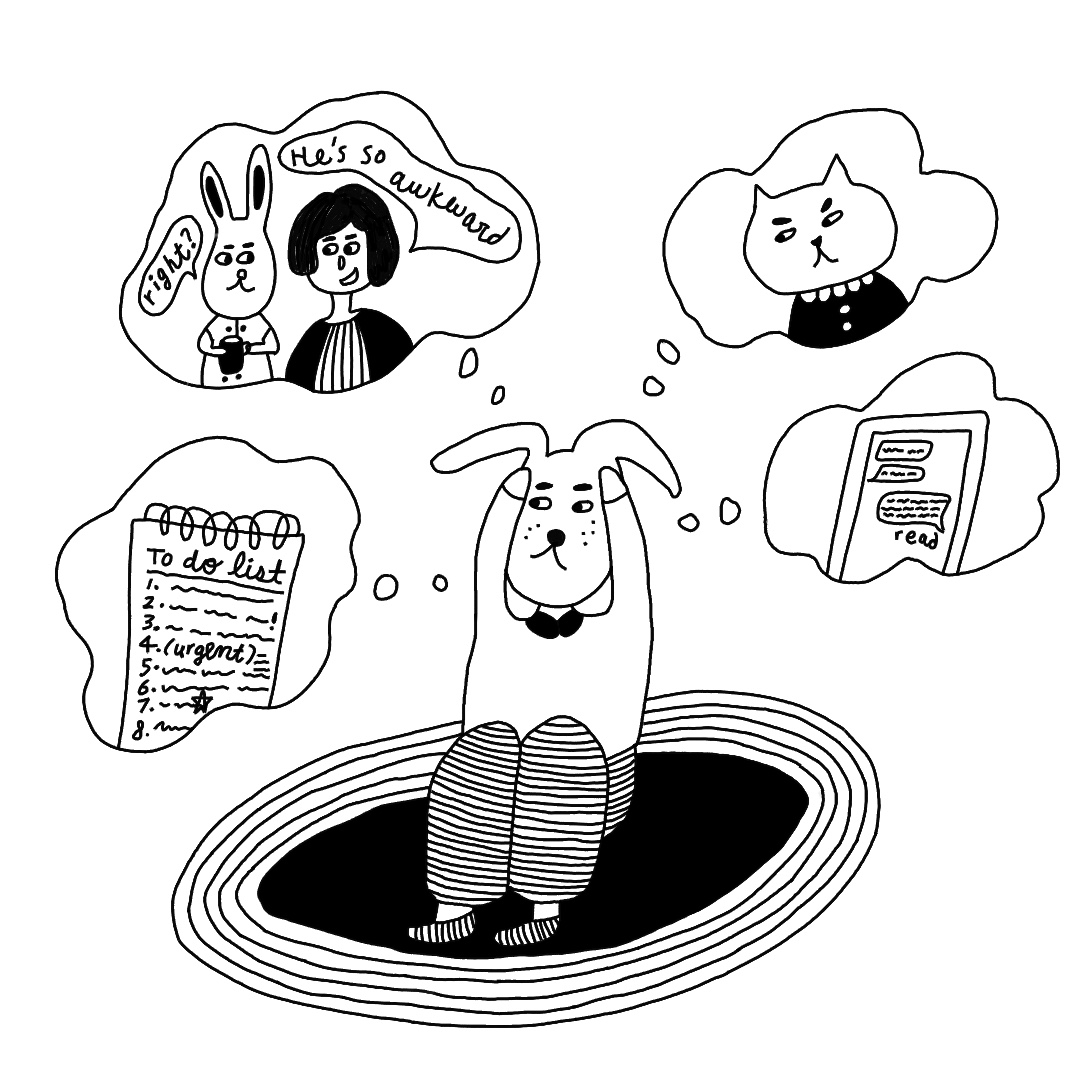Art has been used in therapy to help patients interpret, express, and resolve their emotions and thoughts, according to Verywell Mind. More traditionally, therapists have used art therapy in sessions–more often with children–where they might help patients choose an artistic medium (like a drawing, painting, or collaging) and guide them through expressing themselves, usually by asking questions.
In this article, we’ll discuss the merits of practicing creative hobbies outside of session. Practicing creative hobbies outside of sessions can help you process your feelings in a way that could better support you in future therapy sessions. By regular immersion in creative hobbies, you can deepen your understanding of your emotional landscape, gaining insights that can enrich your experience with therapy.
Creative hobbies can be pivotal in therapy because they can help you explore and process your emotions as well as confront your inner struggles. Creative hobbies—including but not limited to writing, visual art, dance, and music—can serve as powerful tools for emotional healing, resilience-building, and personal growth.
“Engaging in creative hobbies can allow you to feel in control, especially when other parts of your life feel out of your control,” explains Kip clinician, Zohar Fuller. “Creating art can be a time when you are most in touch with your own needs and desires. It is a practice of self-care, a time when you can invest in creating something just for yourself.”
It can be difficult to properly articulate yourself and express your feelings in therapy. This can be particularly true for people who’ve experienced trauma, which can leave you disconnected from certain emotions (especially negative ones). Creative hobbies, though, can help you express what is too difficult to say. Additionally, if you just don’t have the words for certain feelings or experiences, creative hobbies can also help you explore those. The arts can transcend the constraints of language and help us dive into the depths of our unconscious. Whether through painting, written narrative, physical movement, or melodies of music, these forms of artistic expression offer paths to help you give voice to your innermost thoughts and feelings in a nurturing, non-judgmental environment.
Feeling your way through visual art
Creating visual art outside of therapy sessions can provide a tangible way to process and externalize your emotions. Painting, drawing, or sculpting, can help you gain clarity and perspective of your thoughts and emotions, including ones that you might not be conscious of or fully understand.
For instance, if you grapple with anxiety, sketching scenes that evoke feelings of calmness and serenity—such as a comforting beach scene—might be a visual reminder of your inner strength and resilience.
“I help patients figure out when they feel most inspired and energized to create art,” Fuller adds. “It is then helpful to schedule those times on a weekly basis, just as you would for other regular commitments.”
Reshaping narratives with creative writing
Creative writing offers a platform to explore your inner narratives, rewrite your stories, and reclaim your sense of agency. Journaling, poetry, or storytelling can help you articulate experiences in private, before opening up to someone about complex emotions. For instance, if you’re working through childhood trauma in therapy, you may find catharsis in writing a letter to your younger self, offering words of compassion and reassurance. By externalizing your thoughts and feelings through writing, you can gain clarity, insight, and a renewed sense of self-awareness.
Dancing into your feelings
Dance and movement therapy invites you to embody their emotions and reconnect with your body. Through movement exploration, you can release tension, access buried emotions, and cultivate a deeper sense of self-acceptance. The key here is spontaneity, and to combat feelings of shame, judgment, and concerns about how others see you. If you’re combating negative body image, dancing might be a fun activity to reconnect with your body in a joyful, positive way.
Harmonizing the mind with music
Music therapy harnesses the therapeutic power of sound to promote emotional well-being, relaxation, and healing. Through listening, playing, or creating music, you can access deep emotional states, process trauma, and cultivate inner harmony. If you’re interested in singing especially, there are proven somatic benefits to releasing emotions through voicework.
In the realm of therapy, the arts offer a transformative pathway for you to explore and navigate your inner emotional worlds, fostering healing, resilience, and self-discovery.
“It can be very meaningful for patients to share their creative projects with me,” Fuller adds. “Sometimes during sessions, we will discuss their artistic process and how parts of that process can be applied to other areas of their life.”
Looking for a therapist to unlock your creative potential? Book a free discovery call today to see if Kip Therapy is right for you.




